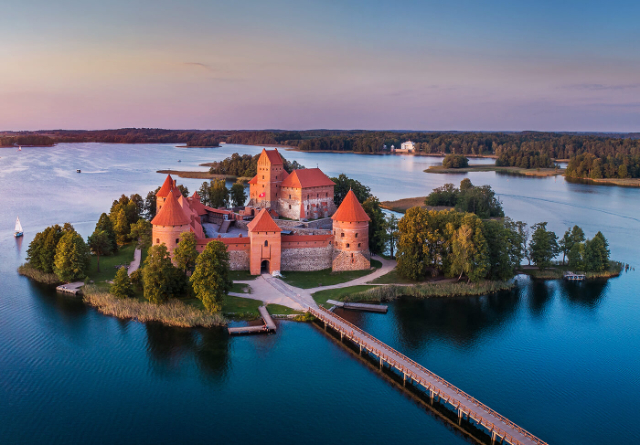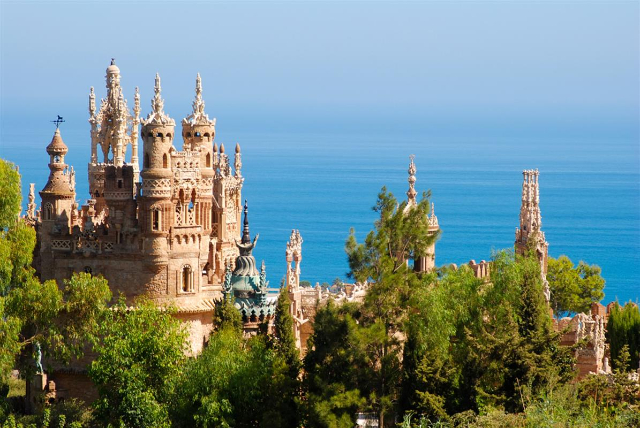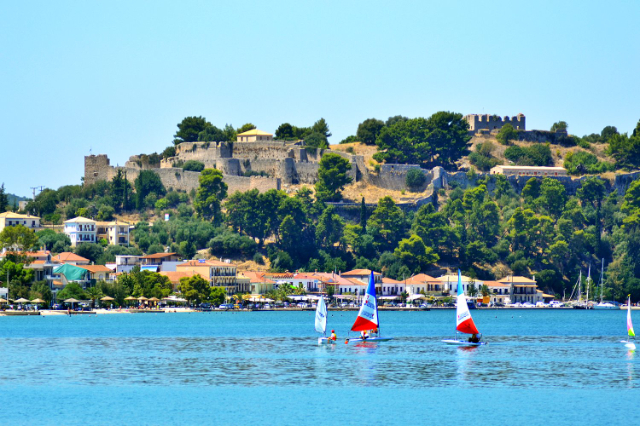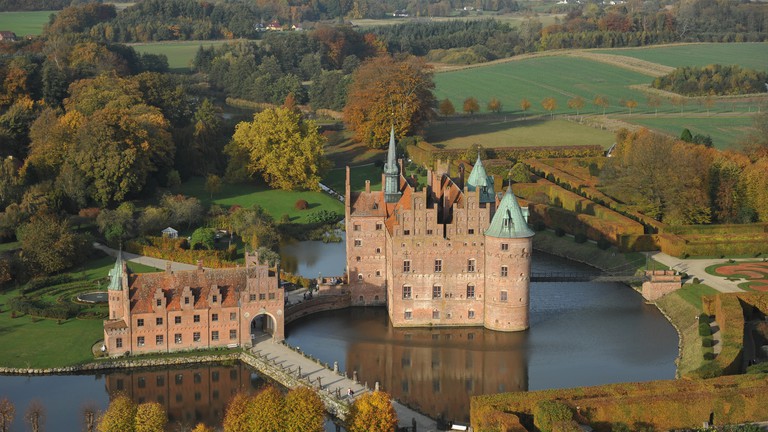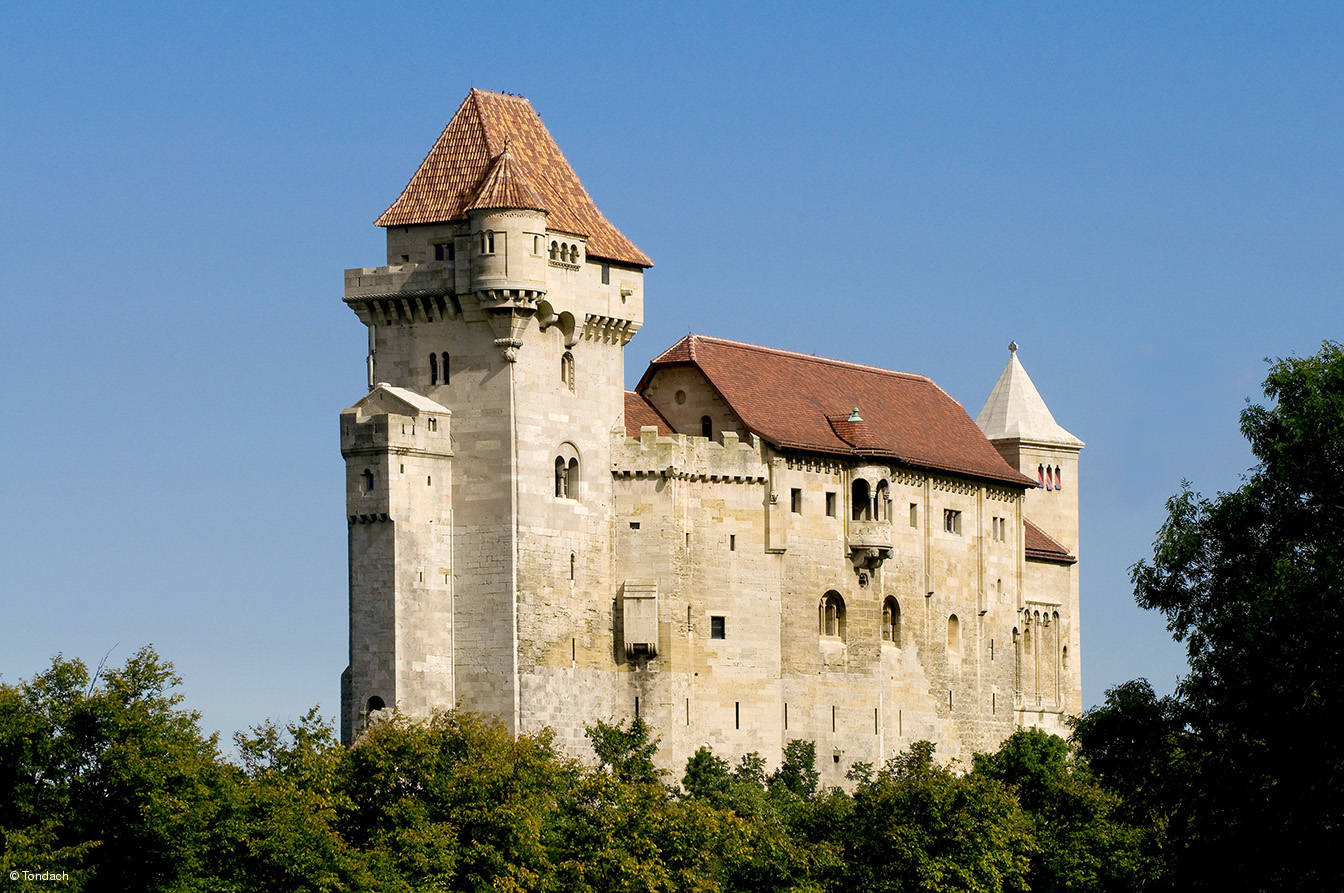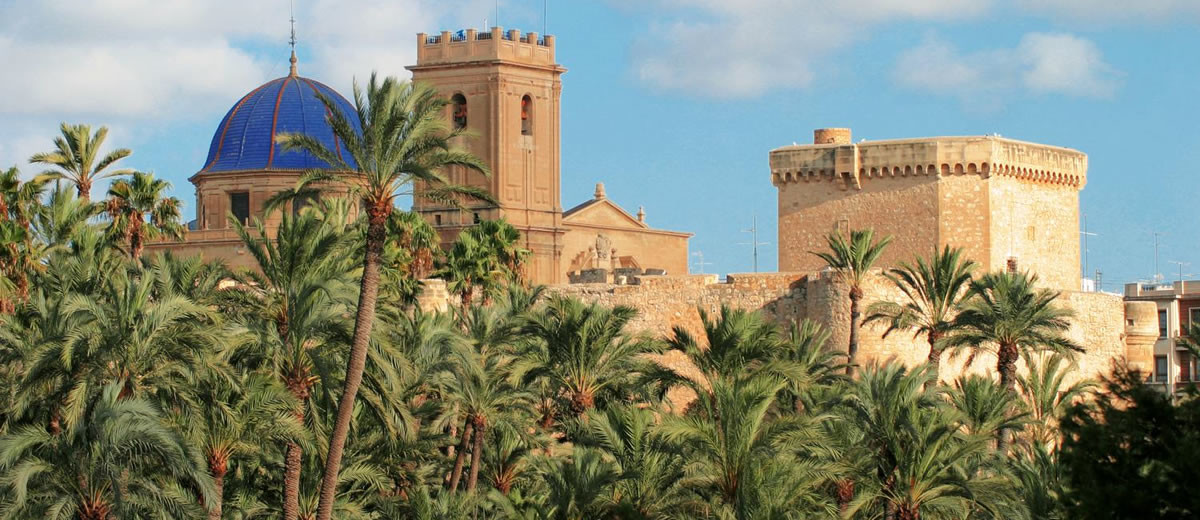Trakai Island Castle is an important part of Lithuania’s cultural heritage and is recognized as a UNESCO World Heritage Site. It is a unique example of medieval architecture and is one of the few castles in the world built on an island. The castle and its surroundings are also a popular location for events and festivals, including concerts, exhibitions, and historical reenactment events.Trakai Island Castle was built in the 14th century by Kęstutis, the Duke of Lithuania, as one of his main residences. Kęstutis chose the location on the island because it was easily defensible and offered a panoramic view of the surrounding area. The castle was later used by Kęstutis’s successors, including his son Vytautas the Great.Over the centuries, Trakai Island Castle suffered several sieges and looting. In 1655, during the Polish-Swedish War, the castle was sacked by Swedish troops. Later, the castle was used as a prison and housed many political prisoners, including members of the Lithuanian anti-Tsarist resistance in the 19th century.Throughout its history, Trakai Island Castle has undergone several restorations and reconstructions. However, the most significant restoration took place in the 1960s, when the castle was completely rebuilt and restored.Trakai Island Castle is also associated with several ghost stories and legends. One of the castle’s most famous ghosts is said to be that of the "White Lady," a young woman who would appear to visitors to the castle at night. According to legend, the White Lady was the daughter of one of the Dukes of Lithuania who lived in the castle in the 14th century. The young woman was in love with a man whom her father did not approve of and who was later killed during a battle. The White Lady died of a broken heart and her ghost is said to have remained in the castle ever since.Another legend associated with Trakai Island Castle concerns a hidden treasure. It is said that during the siege of the castle in the 17th century, the defenders of the castle hid a treasure of gold and silver in one of the castle halls. However, the treasure was never found and is said to still be hidden inside the castle walls.
